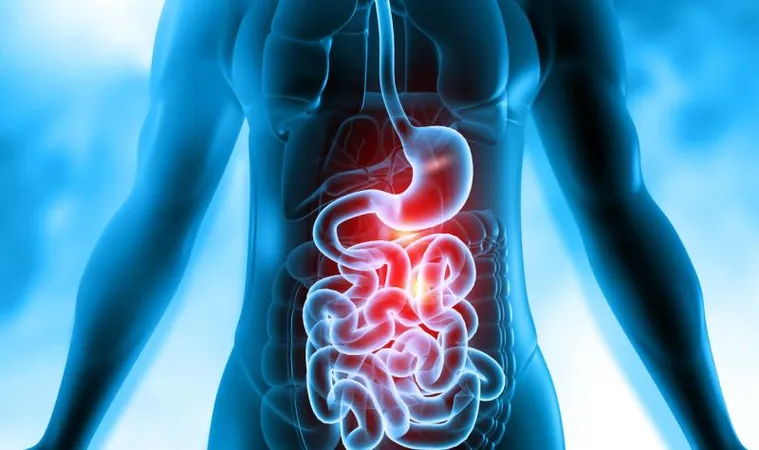
Could Bioplastics Be the Key to Extraterrestrial Life?
2025-07-02
Author: Emily
Revolutionary Research Brings Us Closer to Living on Mars!
Imagine a future where humans thrive on other planets, not just surviving but actually creating sustainable environments! Researchers at Harvard's John A. Paulson School of Engineering and Applied Sciences (SEAS) are pioneering a groundbreaking approach to building extraterrestrial habitats using bioplastics derived from algae. This innovative method could change the game for space colonization!
Creating Martian Habitats with Algae!
Led by the esteemed Robin Wordsworth, this international team has successfully grown green algae in specially designed shelters that mimic the harsh conditions found on Mars. Their experiments not only showcase the potential for life beyond Earth but also highlight a sustainable way to create habitats without relying on costly industrial materials.
Wordsworth explains, "A habitat made of bioplastic that grows algae can lead to a closed-loop system that sustains itself and can even expand over time." This could mean a future where expandable bioplastics grow alongside us, creating a self-sufficient living space!
The Science Behind the Algae Growth!
In these lab tests, the researchers recreated Martian conditions, using a type of green algae known as Dunaliella tertiolecta. This resilient algae thrived in a 3D-printed growth chamber made of polylactic acid bioplastic, which effectively blocks harmful UV radiation while allowing sufficient light for photosynthesis.
Despite the chamber's 600 Pascals of pressure—over 100 times less than at sea level on Earth—the bioplastic managed to stabilize liquid water, enabling the algae to flourish in a carbon dioxide-rich environment. This incredible feat suggests that bioplastics could be vital in creating life-sustaining systems in otherwise barren landscapes.
Combining Technologies for a Sustainable Future!
Previously, Wordsworth's team explored local Martian terraforming using silica aerogels to mimic the Earth’s greenhouse effect, promoting biological growth. Combining algae growth with aerogel technology could solve both pressure and temperature issues essential for supporting life, paving the way for a more feasible extraterrestrial existence.
Next Steps: Testing in a Vacuum!
Looking ahead, the team aims to test their habitat designs in actual vacuum conditions, which will be crucial for lunar missions and deep-space explorations. Plans are also underway to establish a fully functioning closed-loop system for habitat production. Wordsworth emphasizes that this concept is not only vital for space exploration but could also yield significant sustainability advancements back on Earth.
Together, these innovations point to an exciting future where bioplastic habitats could support human life in the cosmos while benefiting our planet as well!









 Brasil (PT)
Brasil (PT)
 Canada (EN)
Canada (EN)
 Chile (ES)
Chile (ES)
 Česko (CS)
Česko (CS)
 대한민국 (KO)
대한민국 (KO)
 España (ES)
España (ES)
 France (FR)
France (FR)
 Hong Kong (EN)
Hong Kong (EN)
 Italia (IT)
Italia (IT)
 日本 (JA)
日本 (JA)
 Magyarország (HU)
Magyarország (HU)
 Norge (NO)
Norge (NO)
 Polska (PL)
Polska (PL)
 Schweiz (DE)
Schweiz (DE)
 Singapore (EN)
Singapore (EN)
 Sverige (SV)
Sverige (SV)
 Suomi (FI)
Suomi (FI)
 Türkiye (TR)
Türkiye (TR)
 الإمارات العربية المتحدة (AR)
الإمارات العربية المتحدة (AR)